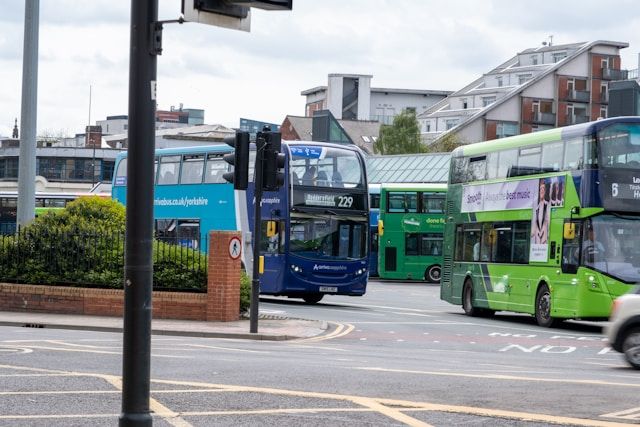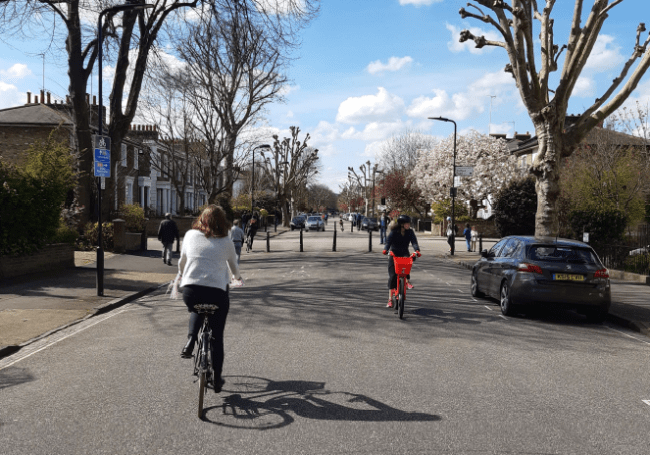Wider applications of market segmentation
Who? What? When? Where? TDM professionals face many decisions when developing new engagement campaigns.
Who? What? When? Where? TDM professionals face many decisions when developing new engagement campaigns. Where to target a campaign, and what messaging to use are significant considerations, alongside available resources, campaign length and audience.
Census and local travel data can provide some context for population density, demographics and travel behavior but leave unanswered questions about what types of people reside in an area, and how best to engage with them.
Market segmentation, using commercially available consumer data from a provider such as PRIZM or Mosaic, can help to fill this gap. By combining geographic, sociodemographic and attitudinal information from a wide range of data sources, a more robust picture of households in a community or region can be built, than is possible from individual data sets on a standalone basis. These combined data sets include fine-grained information on key household variables, including:
- Income, education, age, household size, household purchasing habits;
- Travel to work mode, hybrid vehicle ownership, environmental
interests; and - Receptiveness to advertising, internet use, smartphone use.
Benefits of using these combined data sets includes: the ability to identify households by current use of transit or other modes, the likelihood that they would engage in TDM campaigns, their propensity to use travel options being promoted, and to what messages or incentives they would be most responsive. The focus is generally on those who have the potential to change their travel behavior, but may not make those choices for regular trips at present.
Where resources are limited, this type of insight can be crucial to targeting programs to the most applicable areas. For example, while working on a corridor TDM planning process in San Diego, SDG used market segmentation data to identify what programs might be most applicable to residents in each area. We also recently used these data sets in Seattle to support geographic targeting of materials and messaging for individualized marketing campaigns.
Once market segmentation analysis is completed, it can be combined with an agency’s local data sets, and applied in a number of additional planning contexts such as:
- Public consultation: check home post/ZIP codes to ensure a representative sample of the population has provided feedback on a plan or proposal. This allows an agency to follow up with under-represented market segments through other means of outreach.
- Transit marketing and service planning: identify population characteristics along corridors where transit services are being promoted or planned to understand better the potential market for transit use.
- Residential and employer outreach: use home post/ZIP codes provided in travel or commuter surveys to identify market segments most active in TDM programming or the use of sustainable modes.
- Corridor studies/TDM plans: enhance strategic decision-making by considering the propensity of target populations to use a proposed service or mode and target TDM interventions where they are most likely to be successful over time.
Local and regional agencies can gain significant benefits from market segmentation data as a reasonably inexpensive source of information to support insight and decision-making on a range of projects, from transit and active modes planning to TDM campaign development. SDG has found enormous value in using these data sets in our recent project work and continues to find creative and innovative ways of using them to inform the recommendations and advice we provide to our clients.




















